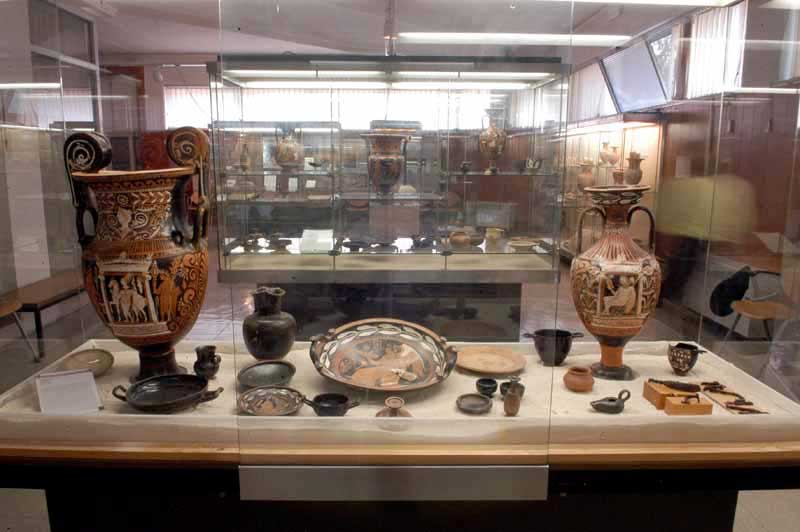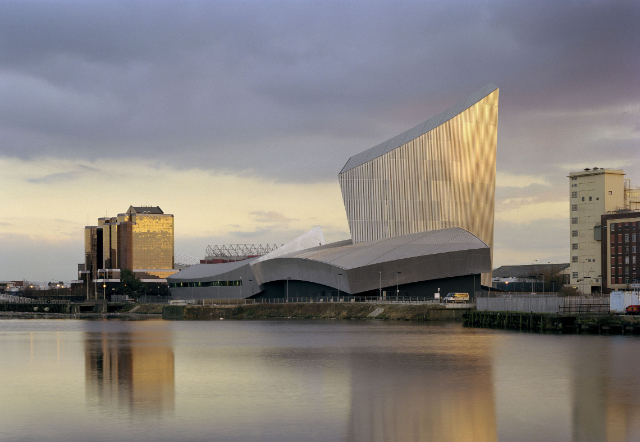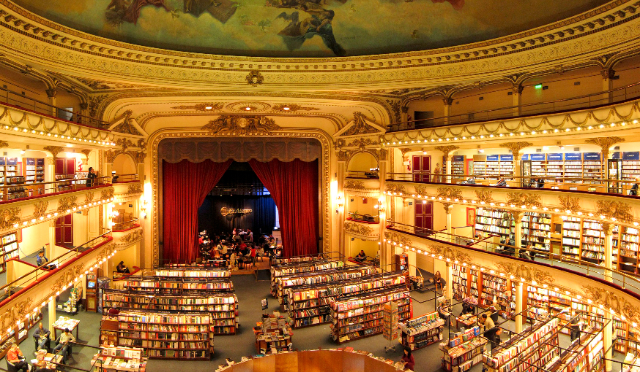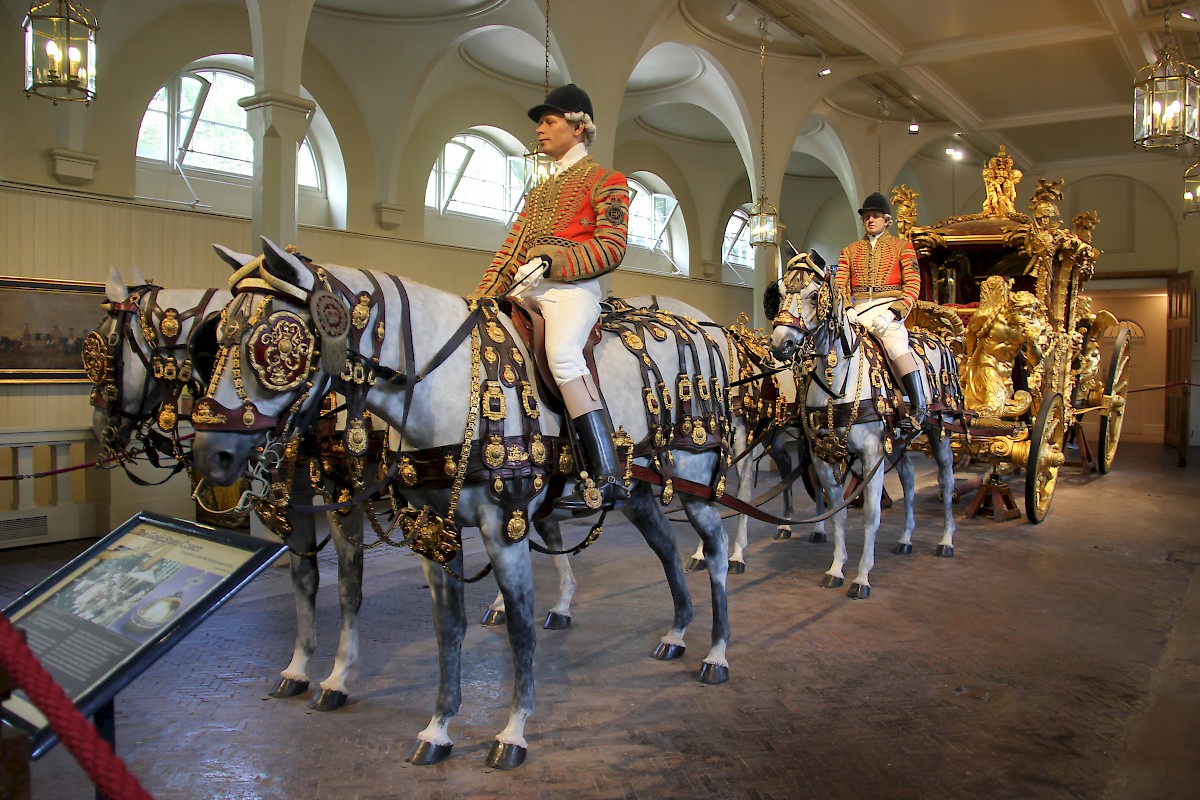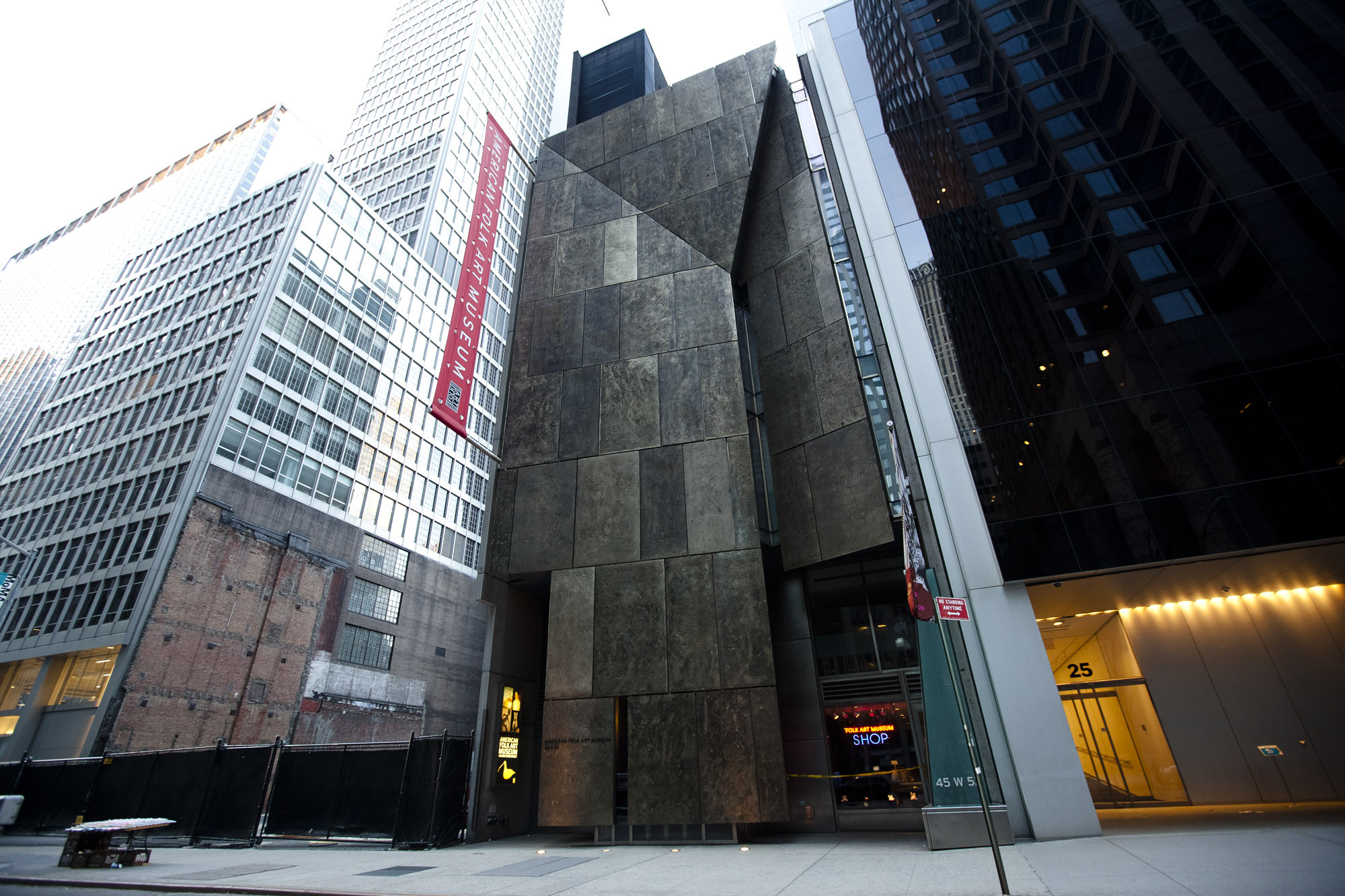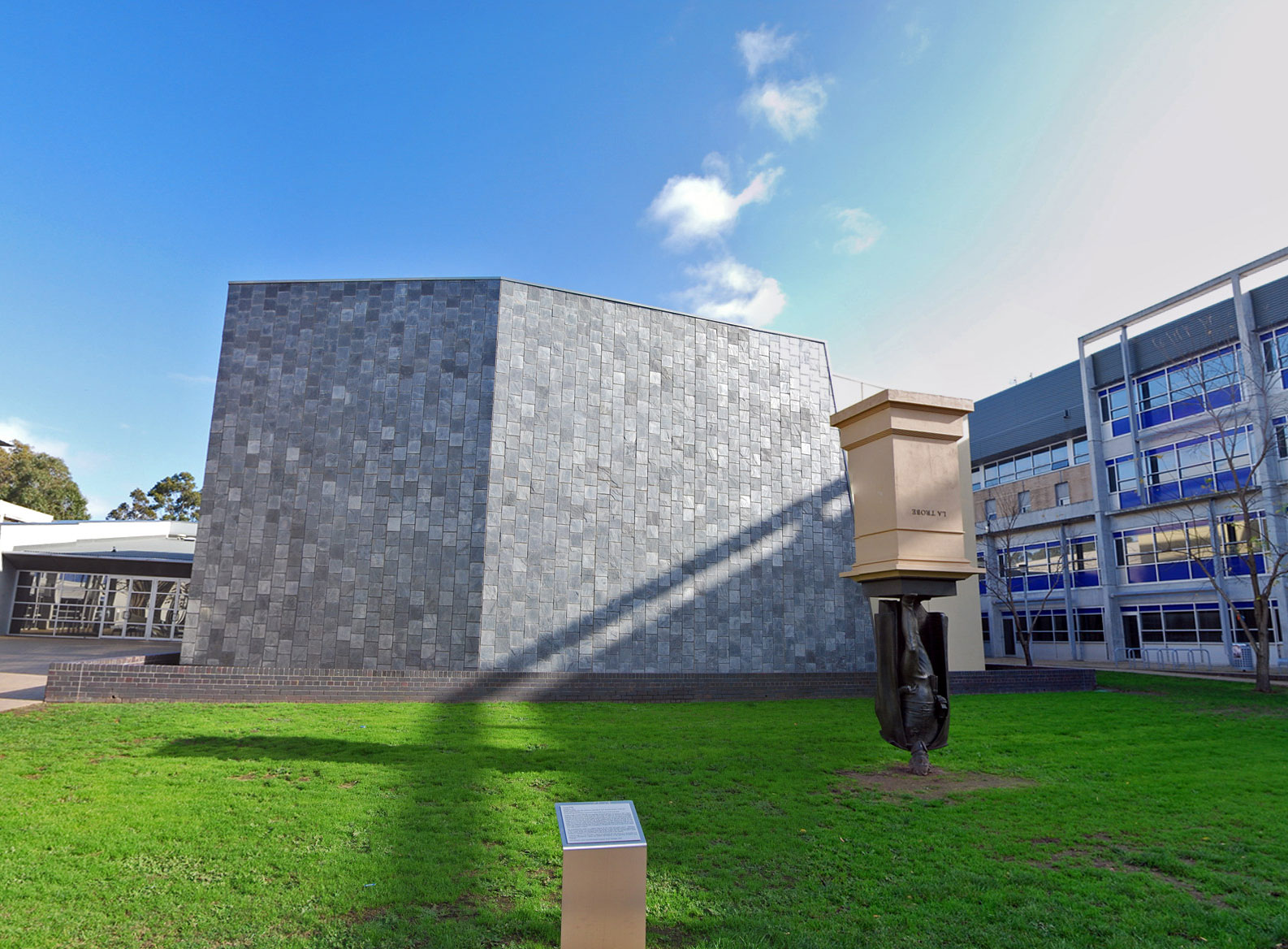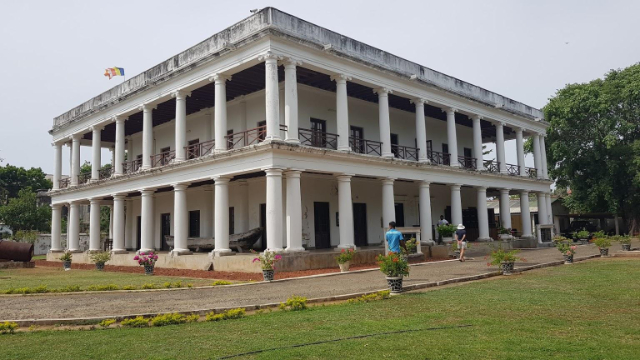The National Archaeological Museum of Altamura was born from the desire to reunite the numerous archaeological discoveries of the entire territory of Alta Murgia, from prehistory to the Middle Ages. The building in which today you can visit the collection in the Museum dates back to the end of 1960. The structure was built immediately near the historical centre, along the city road that leads to Santeramo, in the area where a series of excavation campaigns allowed to highlight a segment of the Peucetium settlement.The Museum was officially inaugurated in 1993, coinciding with some important discoveries made in the nineties of the last century, such as the Neanderthal skeleton of the Man of Altamura, found in a karstic cave in Lamalunga, and the paleontological site with dinosaur footprints from the Pontrelli quarry, which are a further attraction for the public.Inaugurated in March 2017, the new exhibition will be presented on the first floor, dedicated to the successive civilizations in the Alta Murgia, from prehistory and protohistory to the late antiquity, with materials coming from villages and necropolis of the surrounding area. The second floor is entirely dedicated to the European Palaeolithic with specific insights on central and southern Italy. The origins of bread, born from the desire to recreate the strong link with the agricultural vocation of the territory.
